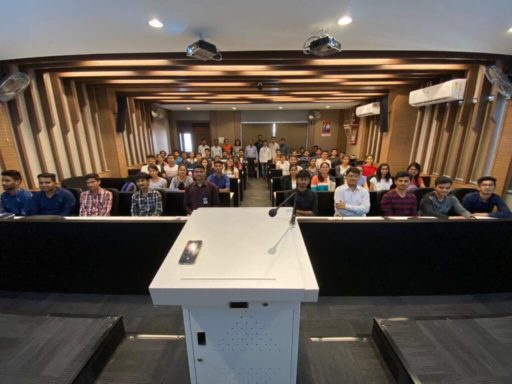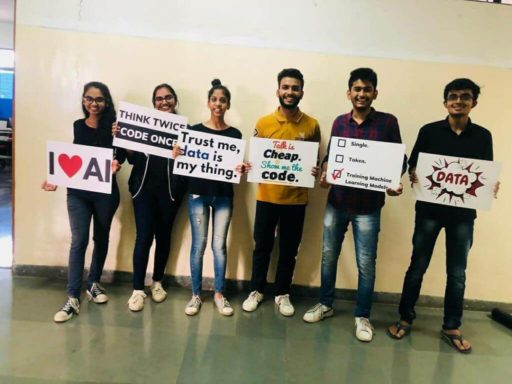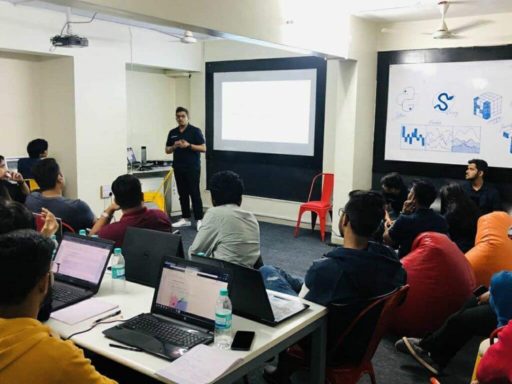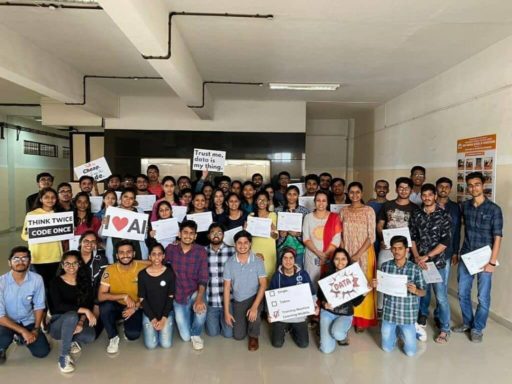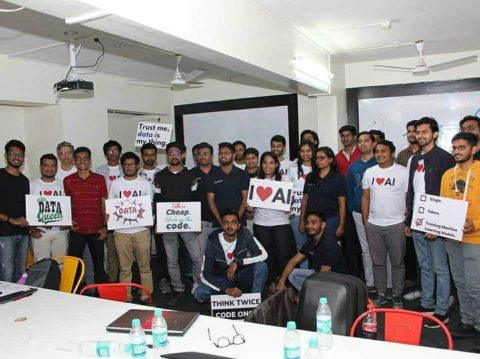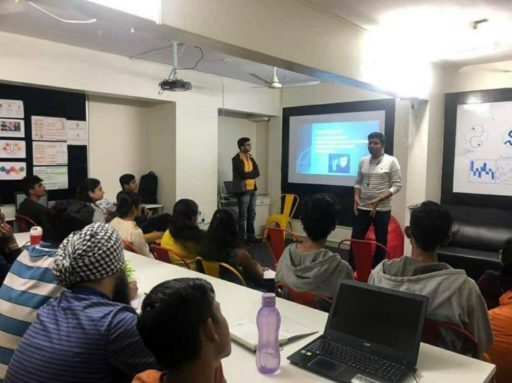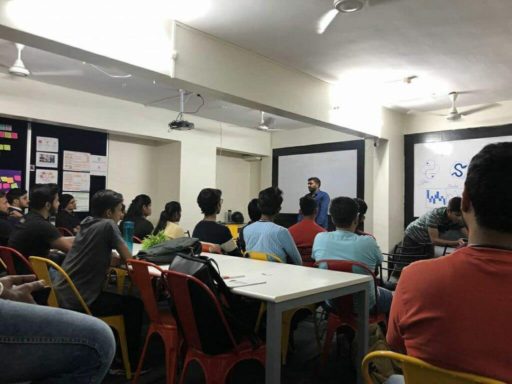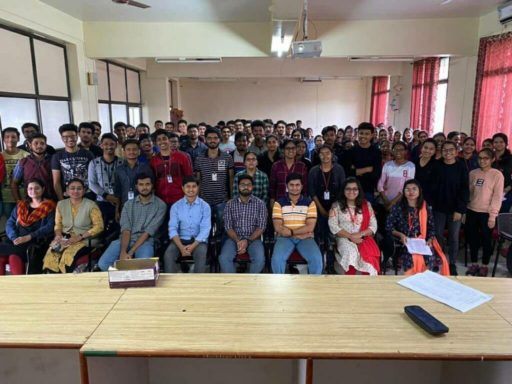Unlock the Potential of AI: Build Your Skills, Get a Job & Make a Difference
Crafted 2000+ AI Engineers Over 5+ Years
Our Advance Programs
Explore the range of programs we offer to elevate your career.
Our Google Reviews
Empower Your Future with AIAdventures
Our courses are designed to provide practical, hands-on experience, personalized mentorship, and industry-relevant skills to help you succeed.


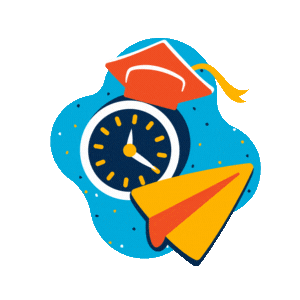
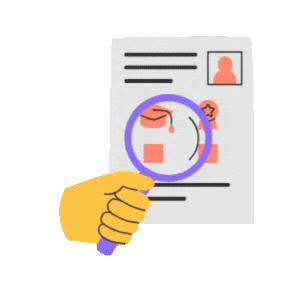
Explore Our Courses
Advance your skills with our expertly designed courses. Explore the range of programs we offer to elevate your career.
Join us today and transform your future with our expert-led courses & training in Python, Data Science, Machine Learning courses in Pune and Many more trainings.
creating awareness & Helping others
Workshops, Events and Meetups
Many believe machine learning requires a Ph.D. To prove it’s accessible & easy, we hold regular workshops and events for all skill levels, offering hands-on experience to make machine learning approachable for everyone.
Join Pune’s #1 Best AI Training Institute
Elevate your career with AIAdventures’ industry-leading ai, data science & ml courses. Master essential skills, gain hands-on experience, and secure your future with our comprehensive training programs.

